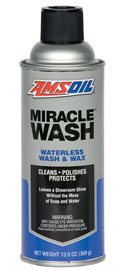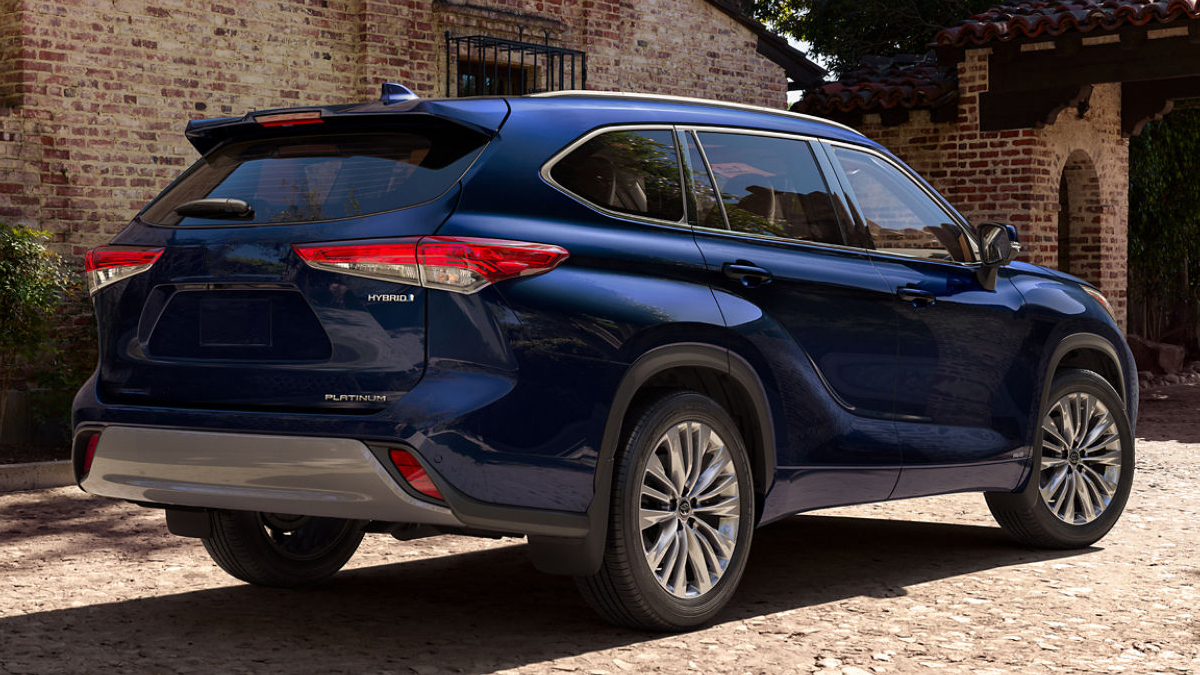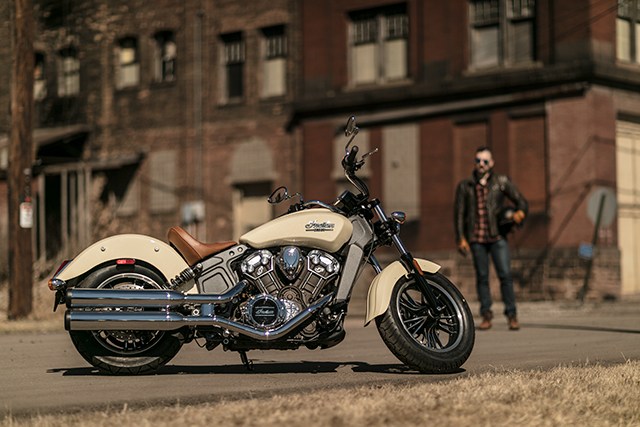AMSOIL Products to assist in your Winter Garage Projects By Sioux Falls AMSOIL Dealer Ches Cain We have several products you will want to have on hand this winter. Covers your workbench stuff and keeping your cars and small engines in check. Waterless Wash, cleaner, polish in a can First just keeping finishes clear of […]
You are browsing archives for
Tag: warm up
AMSOIL Hybrid Motor Oil Protects Hybrid ...
AMSOIL Hybrid Motor Oil Addresses Hybrid Engine Challenges _by Johnny Gage |Dec 7th, 2023 Your Maintenance Choices should match the Motives of Hybrid Engine ownership Hybrid vehicles are designed to improve fuel efficiency and reduce emissions. They combine an internal combustion engine powered by traditional fuels with an electric motor powered by batteries. The electric […]
Should I Warm Up My Motorcycle Before Ri...
Should I Warm Up My Motorcycle Before Riding? John Baker|May 03, 2018 10:10 AM As soon as you crawl out of bed tomorrow morning, try this experiment: run outside and sprint down the street. Aside from embarrassment over your jammies (or lack thereof), how do you suppose you’ll feel? Your motorcycle likewise needs to warm […]


